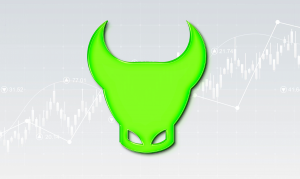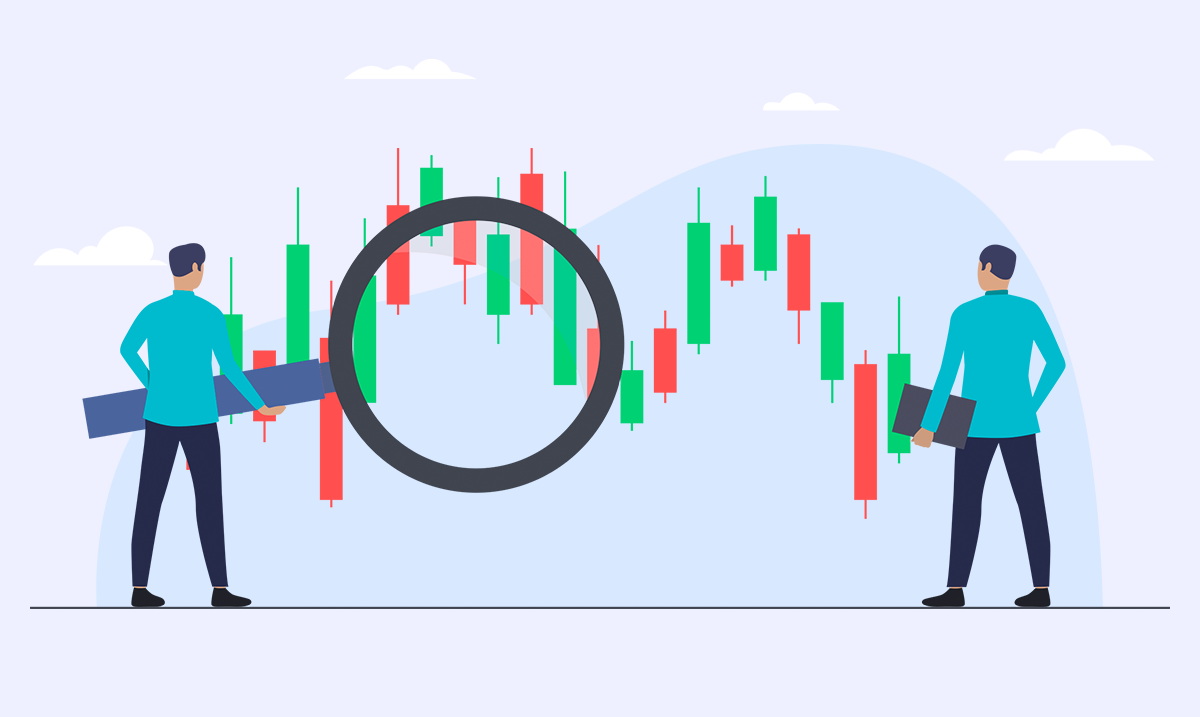What is the Position Trading Strategy in Forex? Profiting from the long-term trend


Forex trading is a popular investment option for many people around the world. This job involves buying and selling different currencies in the market for profit. There are many different approaches to forex trading, including scalping ، day trading، swing trading and position trading. In this article, we will focus on position trading and explain what this strategy is.
Contents
What is Position Trading in Forex?
Position trading is a long-term trading strategy that involves holding positions for a long period, usually from a week to even several months. Unlike day trading or swing trading, position trading is not based on short-term market fluctuations, but on long-term trends. Position traders aim to identify significant price changes in the forex market by analyzing long-term trends. They use fundamental & technical analysis and market sentiment to make conscious trading decisions.
Fundamental analysis involves analyzing economic indicators, such as inflation rates, interest rates, and gross domestic product (GDP), to determine the overall state of an economy and predict its future performance. Technical analysis involves examining and analyzing charts and price patterns to identify trends and potential trading opportunities. Market sentiment is analyzing the market's overall mood and the behavior of other traders.
Read More: Forex analysis types and the best analysis method
One must consider the following points in all trading strategies, including position trading.
1- Sufficient understanding of the market: Forex traders must have a complete understanding of the Forex market. They must know how currencies are traded, what factors affect currency prices, and how to use technical and fundamental analysis to identify trading opportunities. Technical analysis involves using charts and indicators to analyze price movements and make trading decisions. Forex position traders need to know how to read charts and understand multiple indicators such as moving averages, oscillators, and candlestick patterns. And fundamental analysis is the economic calendar and currency pair's economic and political news review.
2- Having a trading plan: Forex traders must have a potent trading plan. A trading plan is a set of rules a trader follows to make trading decisions, also called a Trading Strategy. This plan includes entry and exit points, risk management strategies, and trading goals. A well-defined trading plan helps traders stay disciplined and avoid impulsive decisions based on emotions. Forex traders must clearly understand their trading plan and stick to it consistently.
3- Risk management: Forex traders must have good risk management skills. Forex traders must know how to limit their losses and protect their profits. They can do this by setting a stop loss order, which closes the trade automatically when the price reaches a predetermined level. Forex traders should also have a good understanding of leverage, which is the amount of money a trader can borrow from their broker to increase their position size. While leverage can increase profits, it can also increase losses, so it is essential to use it wisely.
Read More: 12 Golden Tips in Capital Management
4- Suitable trading platform: Forex traders must have a good trading platform. A trading platform is a software that allows traders to access the forex market and make trades. Forex traders should choose a trading platform that is reliable, user-friendly, and high-speed in making transactions, has the lowest spread and fees, and has all the necessary features to enable trading. Since the trades may be open for several days, a significant point for the swing trade strategy is that traders should choose a platform with the lowest swap for trades. TRENDO is a platform that provides all these features to its users.
5- Emotion control: Forex traders must understand their emotions very well. Emotions such as fear, greed, and hope can impair a trader's judgment and lead to irrational decisions. Forex traders must learn to control their emotions and stick to their trading plans. They also need to know when to take a break and distance themselves from the market if they feel tired.
Read More: Forex Trading Psychology (the importance of psychology in trading)
Advantages of Position Trading in Forex
Position trading in Forex has several advantages over other trading strategies, such as swing or day trading. Some of them are as follows:
1. Less Involvement Time: Position trading requires less time and effort than swing or day trading, as traders only need to monitor their position periodically and make changes as required.
2. Lower trading costs: Position trading involves fewer trades, which means lower trading costs such as spreads and commissions. Only pay attention to the swap of the desired symbol in position trading. Trendo Broker has the lowest swap for trades. It also has an Islamic account (Swap Free).
3. Less stress: Position trading is less stressful than swing or day trading because traders do not need to monitor the market constantly and make quick decisions in trading.
4. Long-term profitability: Position trading aims to profit from long-term trends, leading to significant profits if the trader correctly identifies and analyzes the market.
Disadvantages of position trading
Position trading also has disadvantages that traders should be aware of. These include:
1. Higher risk: Position trading involves holding positions for long periods, which increases the risk of adverse market movements and potential losses.
2. Less flexibility: Position traders are less flexible than swing or day traders because they cannot quickly adjust their positions in response to short-term market movements.
3. Long-term commitment: Position trading requires a long-term commitment that may not be suitable for all traders, especially those who prefer short-term trading strategies.
4. Long-term profitability: Position trading aims to profit from long-term trends, leading to significant profits if the trader correctly identifies and analyzes the market.
Traits of Position Traders
- Intellectually independent.
- They can ignore public opinion.
- They have a good understanding of fundamental analysis.
- They can resist market reforms.
- They have enough capital.
- They wait for big profits.
- Very patient and calm.
An example of a simple yet effective position trading strategy
Further in the article, we explain a trading strategy with relatively simple and easy rules that uses only a few indicators to capture and maintain longer and stronger forex market trends.
Step 1: Choose the currencies to trade.
To do this, you need to find which currencies have risen in recent months and which currencies have decreased in value. To choose the right currency pair, you need to examine the currency pair from a technical and fundamental point of view. A suitable time frame for this measurement is about two months, and if the same trend continues over a 6-month time frame, it will be a great sign. A simple way to do this is to set a 14-period RSI and check the weekly charts of the 28 major currency pairs over the weekend. By looking at which currencies are above or below 50 against most currency pairs, you can roughly estimate which pairs to trade over the next week. The idea is to "buy what's going up and sell what's going down." It is counter-intuitive, but in most cases, it pays off.
Step 2: Decide which currency pairs are most suitable.
Now you should have a maximum of 1 to 4 currency pairs for trading with the technical and fundamental analysis of currencies. You don't need to trade additional currency pairs or symbols.
Step 3: Configure charts on D1, H4, H1, and W1 time frames. Use the RSI & the moving average indicator.
When these indicators are in a similar trend during active market hours, one will look to open a trading position in the trend direction. That means an RSI above the 50 level is suitable for a buy trade or below that level for a sell trade. For the moving average, you can also use a combination of averages. For example, when the 20, 50, and 100 averages are on the same track, the upward or downward direction will probably be better determined for you in the long term. For most pairs, 8 am to 5 pm London time is fine. If both currencies are from North America, you can extend it to 5 pm New York time. If both currencies are from Asia, you can also look for trades during the Tokyo session.
Read More: What is a Trading Session? The right time for Forex trading
Step 4: Decide what percentage of your account you will risk on each trade.
You should trade according to your capital management strategy. Note that in the positioning strategy, i.e., long-term trading, you should not trade without a stop loss, because if you do, it can lead to large losses on your account or set your account to zero. Moreover, high losses can harm your trading in terms of trading psychology. As a rule, you should take a 1 to 5% risk on each trade.
Step 5: Manage the trade
If the trade moves quickly against your analysis and there are no signs of a reversal, exit the trade manually.
Check your trades daily or every few days. If it is not in the desired direction technically and fundamentally, exit the trade manually.
Be sure to use the stop loss in your trades.
The previous steps should continue until your trading position reaches the profit level equal to the stop loss. At that point, you can move the stop loss to the buy price or risk-free.
As the trade moves further into the profit zone, place your stop loss in profit. Move the stop loss based on technical principles.
Summary
Position trading is a long-term trading strategy where positions are held for weeks, months, or even years. This strategy suits traders who can tolerate short-term price fluctuations and are willing to hold their position for a long period to make a significant profit. Position trading requires considerable capital, excellent risk management skills, and patience. Traders must also thoroughly understand the market and the factors that increase the currency price. Position trading can be a profitable trading strategy for forex traders.
Article similaire
Le plus visité
0



















